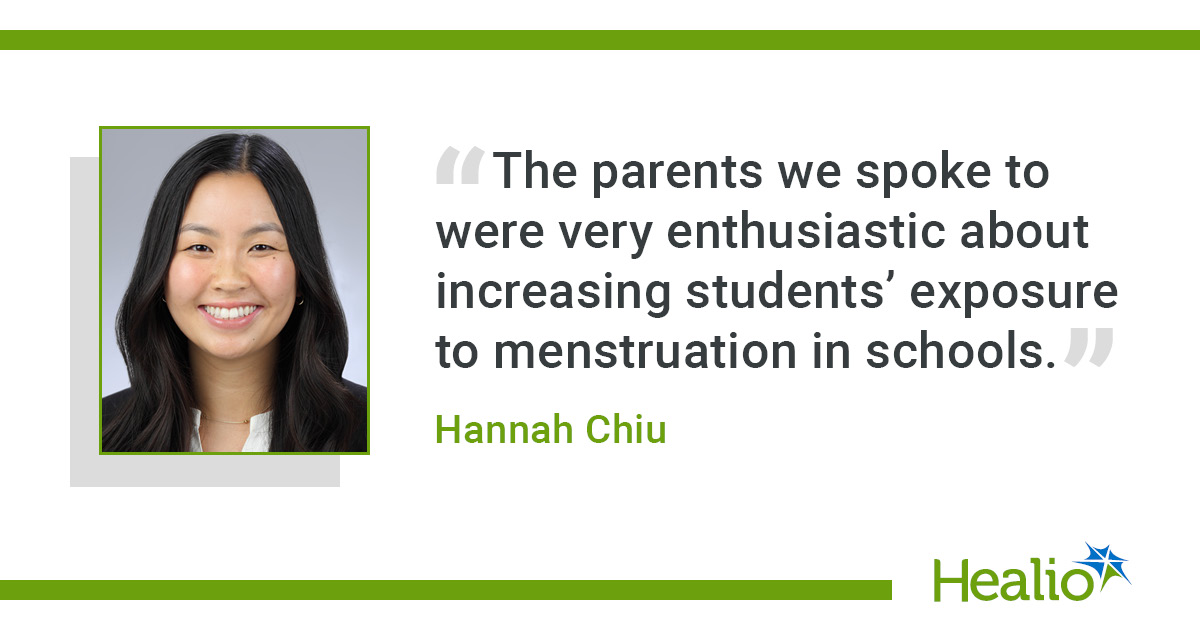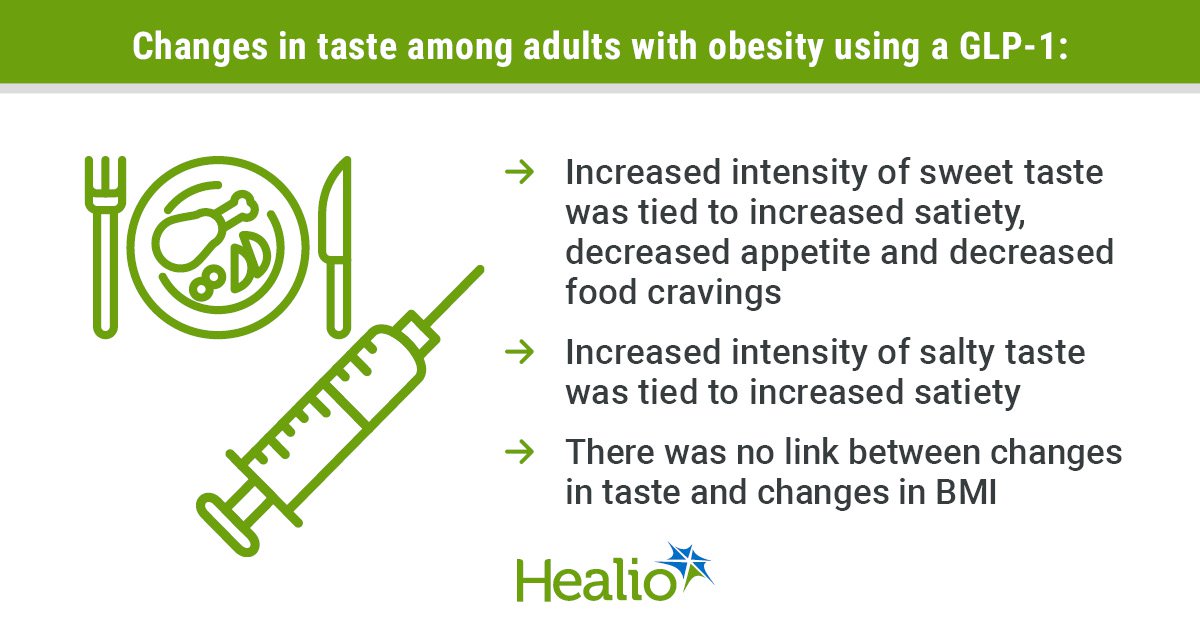October 03, 2025
7 min read
Key takeaways:
- Personhood laws may have the consequence of making clinics cease performing in vitro fertilization.
- Advocates have been able to preserve IVF access in some states where it is threatened.
CHICAGO — Health care professionals can play a role in advocacy for reproductive and fertility access, a speaker said at the Power of Women in Medicine Summit.
There are a number of barriers to in vitro fertilization and fertility care, from geographic to financial to systemic, and now more barriers to access have been erected, Nicole Ulrich, MD, reproductive endocrinologist, fertility specialist and director of advocacy at The Fertility Institute in New Orleans and president of the Louisiana Fertility Alliance, said during a presentation. Since the Dobbs v. Jackson Women’s Health Organization Supreme Court decision that overturned Roe v. Wade, states that enact personhood laws could end up essentially banning IVF, Ulrich said.

Health care professionals need to work as advocates to protect access to IVF in the U.S. Image: Adobe Stock
Healio spoke with Ulrich about barriers to fertility care, the risks that personhood laws pose to IVF, how health care professionals can get involved with advocacy efforts to save IVF, how she and other advocates were able to get IVF preserved in Louisiana and other threats to fertility care that may be on the horizon.
Healio: What are some of the geographic barriers to fertility care?
Ulrich: The biggest barrier is distance and location of the clinic. One in seven women in the U.S. have to drive more than 60 miles for care. In the western U.S., it’s even higher — over 95 miles median distance. Whenever you have a greater distance to the clinic, that does affect the ability of some patients to access care. Or they access care less often. For example, women within 15 km of a center are more likely to pursue treatment relative to those who are farther away. That is true for both intrauterine insemination and IVF.
Healio: What are some of the financial and systemic barriers to fertility care?
Ulrich: These go hand in hand. A big one is that IVF is not expensive, relative to other treatments, but it’s not affordable because there is so little insurance coverage for it in this country. Charges for a routine outpatient surgery vary by location and by type of facility, but generally they would be higher than what an IVF cycle charge would be. But if you have coverage for the surgery and not the IVF, it’s going to seem like the surgery is much more affordable. That systemic effect of lack of insurance coverage plays into whether patients can actually access care, from a financial perspective.
There are only 14 states in the U.S. where fertility insurance coverage is mandated. If you live in a different state, it is usually dependent on your employer, and only about one-quarter of employers in this country offer fertility coverage.
Healio: How do personhood laws put IVF at risk?
Ulrich: Personhood laws were not something that could be enforced until the overturning of Roe v. Wade with the Dobbs decision in 2022. Initially, when Roe v. Wade was decided in 1973, it was not intended to address IVF. The first IVF baby wasn’t born until 1978. But because it covered abortion and pregnancy from fertilization on, IVF was grandfathered in, in terms of protection. Now that the Dobbs decision has allowed personhood laws to potentially be enforceable, IVF has come under a lot more scrutiny and is more vulnerable because of these laws, if they were to be put into place. For essentially everything we do with IVF, we would potentially be vulnerable to criminal charges if something were to happen that [authorities] could construe as wrongful death, or potentially even murder in some cases.
The biggest reason why is that human reproduction is really inefficient. We know that; it’s an expected part of IVF. If we started with 10 eggs, for example, we would maybe get four embryos out of that, and each embryo maybe would have a 60% to 70% chance of pregnancy, depending on whether it was tested for genetics, how old the individual was, etc. But we know that there’s a degree of attrition as you go along. Additionally, when an embryo transfer is planned from a previously frozen embryo, there is also a small but recognized risk that the embryo would not be viable after the warming process, which happens around 1% to 5% of the time depending on the embryology lab. Once an embryo is established as a pregnancy, there is still risk for miscarriage. And we know that in IVF labs, accidents do happen, despite the best policies and efforts. All of those potential issues could be implicated for a criminal liability situation if there is a personhood law.
Healio: What other ways did the Dobbs decision impact IVF?
Ulrich: There are many other implications and downstream effects. A lot of it is effects on the system in which our fertility patients are a part. A couple of recent papers have shown decreased access to gynecology care, which of course decreases referrals into fertility and increases the waiting time before someone is seen by a fertility specialist. During that waiting, they may age out of being able to have a genetically related child. There are also effects on access to contraceptives. Pregnancy complications have been shown to be higher. Then there are effects on nonpregnancy-related care, given all the ripple effects from the declining gynecology care, in particular in maternity-care deserts. Both before and after the Dobbs decision, studies have shown effects on maternal mortality — higher risk for pregnancy complications and death — in places with more restrictions and areas with larger maternity-case deserts. Research is being compiled as we speak to show these major effects. Our fertility patients don’t exist in a vacuum; they are part of the system. The majority of my patients are going to deliver in a state that has abortion restrictions in place and large health care deserts. They are more likely to die as a result of this pregnancy that we are desperately trying to achieve together. It has a lot of implications for everyone, but definitely fertility patients as well.
Healio: How can health care professionals get involved with IVF advocacy?
Ulrich: One issue we have been seeing is that those outside of the OB/GYN and women’s health care space may not be quite as involved in the advocacy for reproductive and fertility access. For those professionals, it’s important that they are aware of what is going on and continue to pay attention to what the folks on the ground are saying about what they are seeing and experiencing. In their own states, in their capacity as a constituent, they can let their lawmakers know they are supportive of fertility care access and of access to reproductive care in general and opposed to personhood laws and anything that would prevent accessing that care.
IVF is a small part of the medical system as a whole, and there are a lot of opportunities for medical advocacy in other arenas, depending on what specialty you are in. Try to see what your national organization is doing and what opportunities they have to get you plugged in. Locally, try to talk with local advocacy groups. The state medical organization will likely have a government affairs section. That local work can really make a huge difference in the lives of your patients much more quickly than trying to work on the national level. You can get so much more face time and buy-in when it’s a localized effect within your community.
Healio: How were advocates such as yourself able to get protection for IVF access in Louisiana?
Ulrich: It was a journey that took us about 2 years. A reproductive lawyer in the state got the majority of physicians together and we attempted to work with just one state representative, Rep. Paula Davis, to put a bill through that would improve the law. That was unfortunately not successful. We ended up having to pull the bill at the last moment to prevent something even worse from what we already had from being passed.
Then we regrouped with a different strategy. We partnered with a local lobbying firm that was able to guide us more, as they knew the landscape of the state better than we did. We were able to partner with state Sen. Thomas Pressly, who had a good working relationship with a lot of the more conservative stakeholders. We were able to explain our position to him, and he was able to facilitate conversations with everyone who was considered a stakeholder in this decision. By acting locally, that gave us a huge advantage and we were able to involve everybody.
We also started a nonprofit organization called the Louisiana Fertility Alliance, which was a grassroots advocacy effort with community events and connection. It was really successful and I think that local events and local outreach were a big part of what ended up helping us get the bill passed.
Healio: What are the next challenges for IVF access that you expect to emerge?
Ulrich: We have to continue to fight the personhood bills as they pop up. There is one in South Carolina that is causing concern there. If a personhood bill were to pass, it would prevent us from being able to do IVF. The situation in Alabama a few years ago is an example of why that is the case. Once an embryo is considered to have the same rights as an unborn child or a living child, you cannot do IVF because the risk becomes too great. We will need to continue to play defense on that.
Another challenge is that individuals try to regulate the process of IVF in terms of how many eggs you can fertilize at a time or how many embryos you can transfer. In other words, the actual nuts and bolts of our decision-making as clinicians. There has even been talk of starting an embryo registry, where you have to register and account for every single embryo. Those are things that would limit our ability to provide the highest quality of care for our patients.
There is also a push for something called restorative reproductive medicine. It focuses on treating underlying causes of infertility rather than doing fertility treatments. As fertility doctors, we do that already. That is the easiest way to help someone get pregnant. For example, if they have thyroid disease, we treat that, and then they are able to conceive on their own. It’s the easiest route. The difference is that in those circles and clinics, those patients would not have access to the more advanced treatments, in particular, IVF, which in a lot of cases is the best treatment for the situation, and in some cases, the only treatment. Restorative reproductive medicine could prevent some patients from having access to the kind of care that they need.
Healio: What is your biggest take-home message?
Ulrich: Know that you have an incredible amount of power to make change. Use your expertise, your ability to communicate, your intimate understanding of different clinical situations that you experience during your day-to-day practice to become an advocate. You will be able to help more than that person in front of you in the exam room. You can help your whole community. If you are interested, take the leap. You will be surprised by what you can accomplish.
For more information:
Nicole Ulrich, MD, can be reached at nulrich@fertilityinstitute.com or on Instagram @NicoleDUlrichMD.










